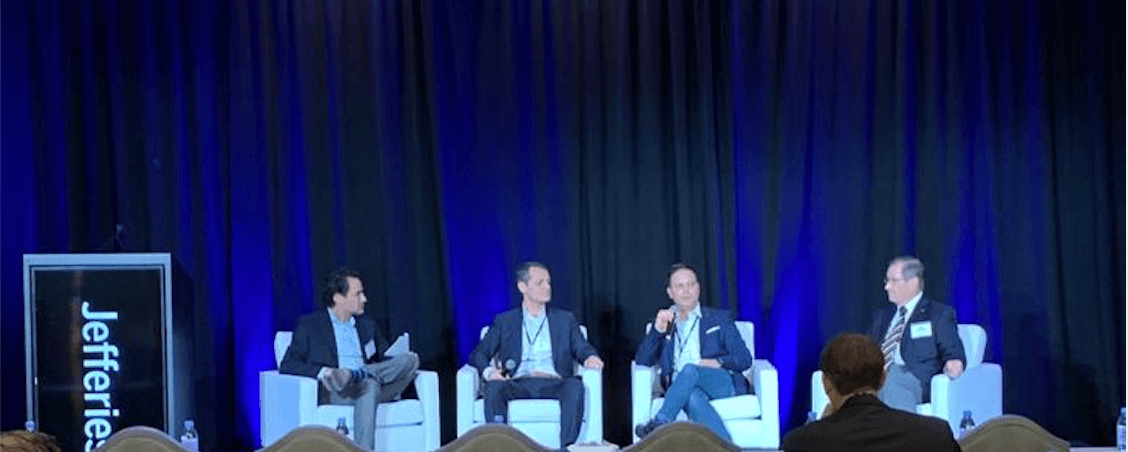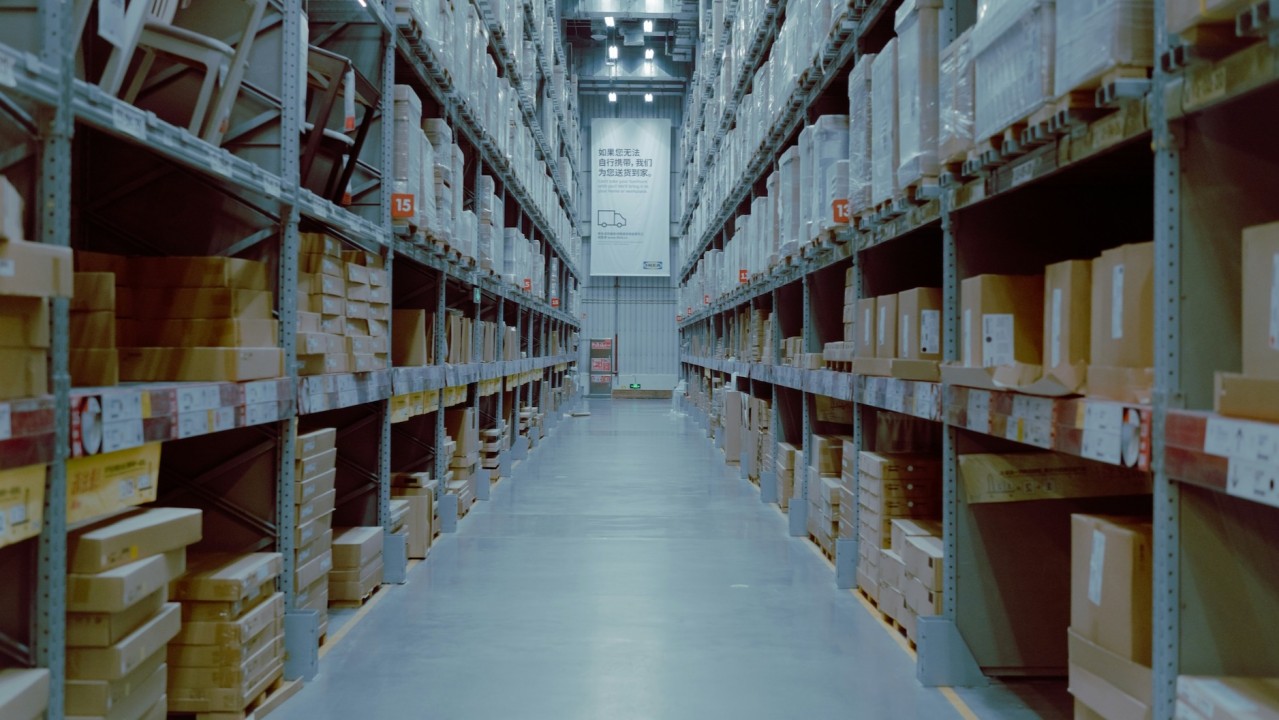Today, I had the opportunity to sit on a panel for the Jefferies Logistics & Transportation Conference in Miami to discuss the last mile and supply chain economics There were some great questions that came up around the industry, business operations and new market trends.
One question in particular that came up, was around the cost of one-day shipping, particularly if and when it will become cheaper than of two-day shipping. We know that at present, 2-day shipping is less expensive, as it takes advantage of economies of scale.
The modern supply chain was built for an era of limited supply, where customers came to the retailer. However with the rise of eCommerce, supply is no longer limited, it is virtual, always available. In the next three years, supply chains will need to adapt to meet the new market dynamic, where unlimited virtual supply must chase demand. This will naturally drive growing demand for long-tail products and services.
I call it micro-logistics at a macro-economic scale.
We are already beginning to see this in dense population centers, such as megacities. Hyper-local delivery from micro-fulfillment centers and strategically located hubs are already demonstrating their economic viability and their ecological advantage, largely thanks to the drop density (number of deliveries per block) of these urban deliveries. Naturally, same day and next day delivery will grow cheaper than two-day shipping in these cities and population centers, where the drop-density make hyper-local, micro-logistics particularly attractive.
Innovators like AutoZone are already demonstrating the substantial advantages that on-demand, local logistics can offer. Over the next two years, the retailers that can both deploy the technology necessary to offer these remarkable delivery experiences, and stimulate the market demand through innovative marketing, will see growth windfalls.
This relates to another topic we discussed, making the last mile economically viable. Should companies focus on more automation, network optimization warehouse and fulfillment placement?
I think these are all strong tactics, however, the real impact will come from orchestrating every logistics resource. Last mile logistics are incredibly complex, often involving up to a dozen different steps or teams, each dependent on the previous step or team. However, when you connect and digitize every one of these processes, automation and optimization become a data-intelligence game.
Think of it like a game of football. When every player executes the play in perfect sync, the quarterback can make split-second, informed decisions, selecting the best option and running the play. When we do this at scale, we call it an orchestration engine. It puts the supply chain and logistics leaders in the quarterback’s spot, giving them the insight, automation and algorithms to maximize their performance.
This brings me to one of the last questions of the panel, how can AI be used more effectively in this industry.
AI today is often more of a marketing term than a technology. I love my marketing team, but I believe this hype does a disservice to our industry. Real AI holds amazing promise and potential, primarily for one reason – it’s based on the hard, cold data. Today, we are seeing the strongest impact from AI in resource allocation, such as routing and dispatch.
That said, in my experience, many retailers and supply chains are still struggling to collect the right data, consistently and reliably. This first step, data stability and collection is the baseline. The next step is generally to apply machine learning, to analyze, understand and reliably model projections based on this data. Artificial Intelligence is the third step in this process – allowing machines to make decisions and take actions based on these insights.
There were a lot of great discussions at the event and more on industry trends around dark stores, Shopify, and sustainability. I will share more insights into these topics in my next post.



